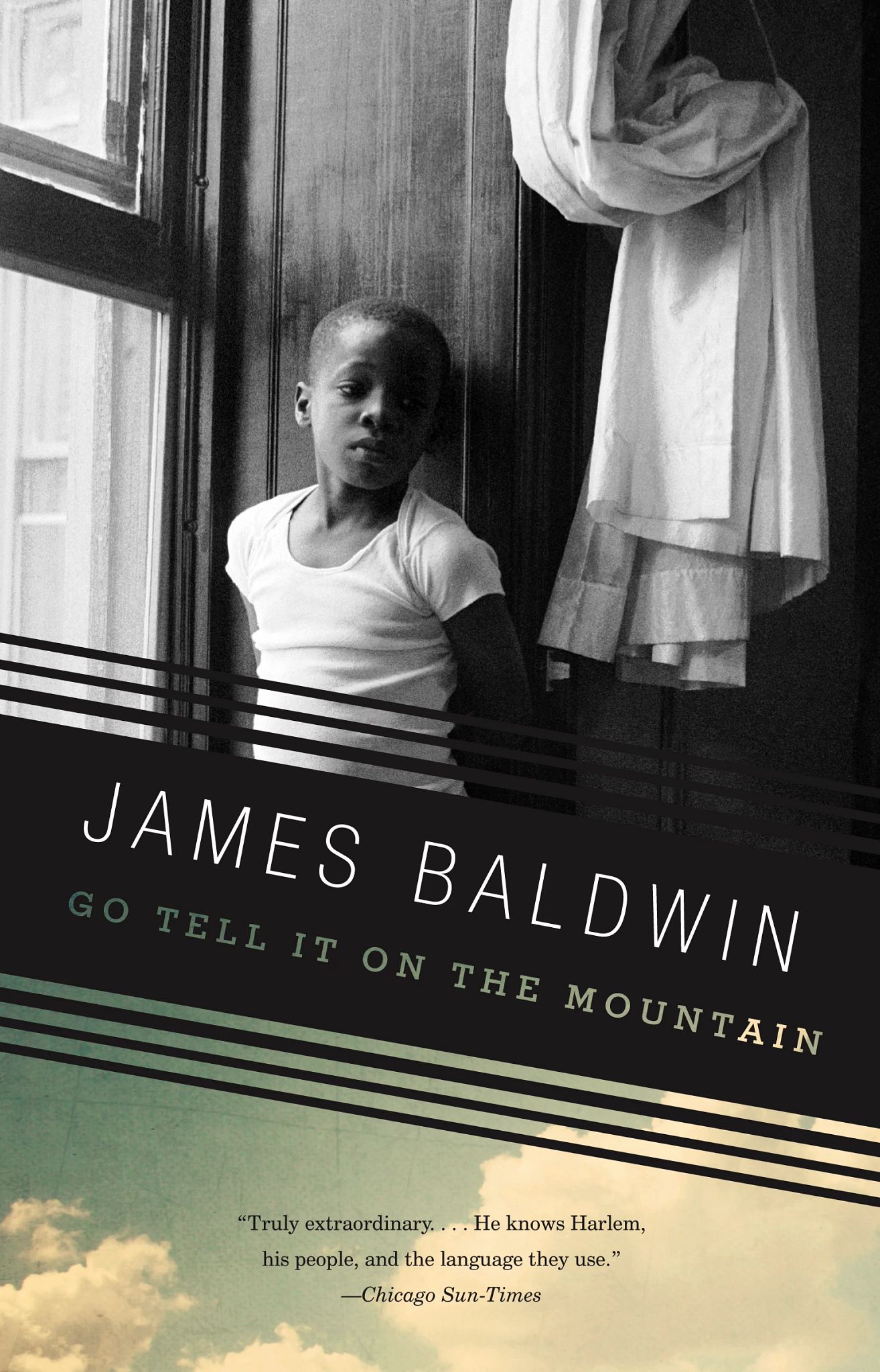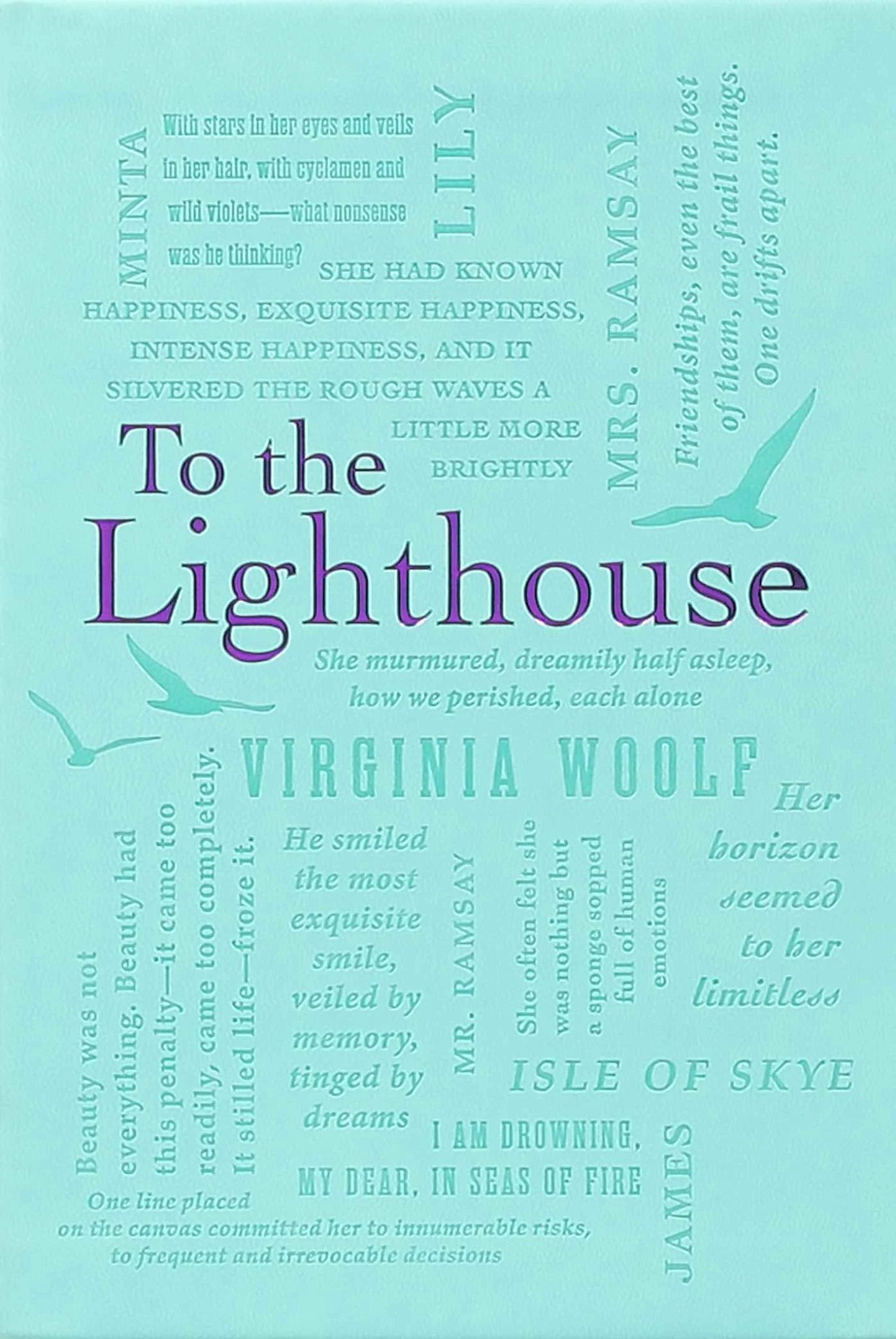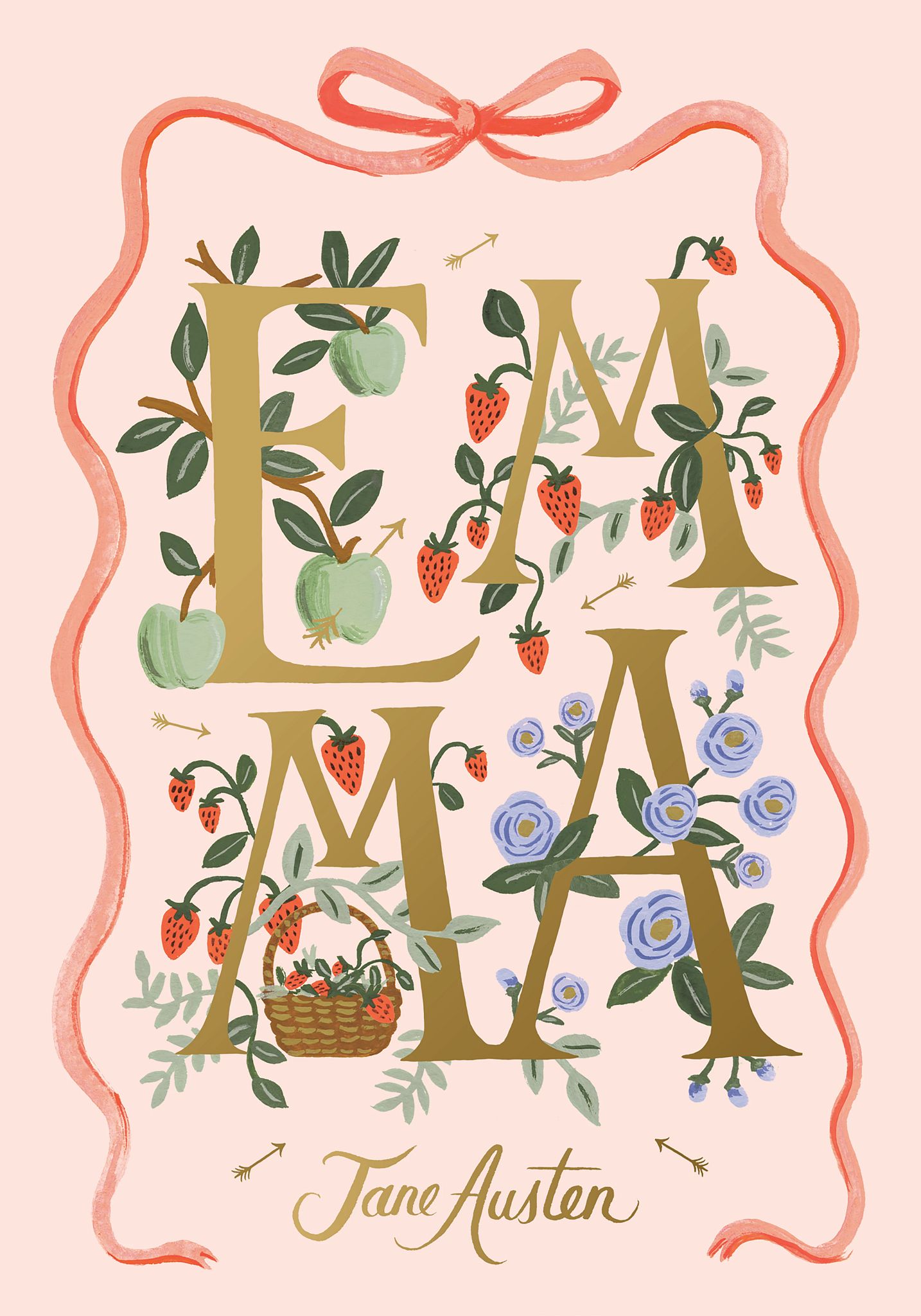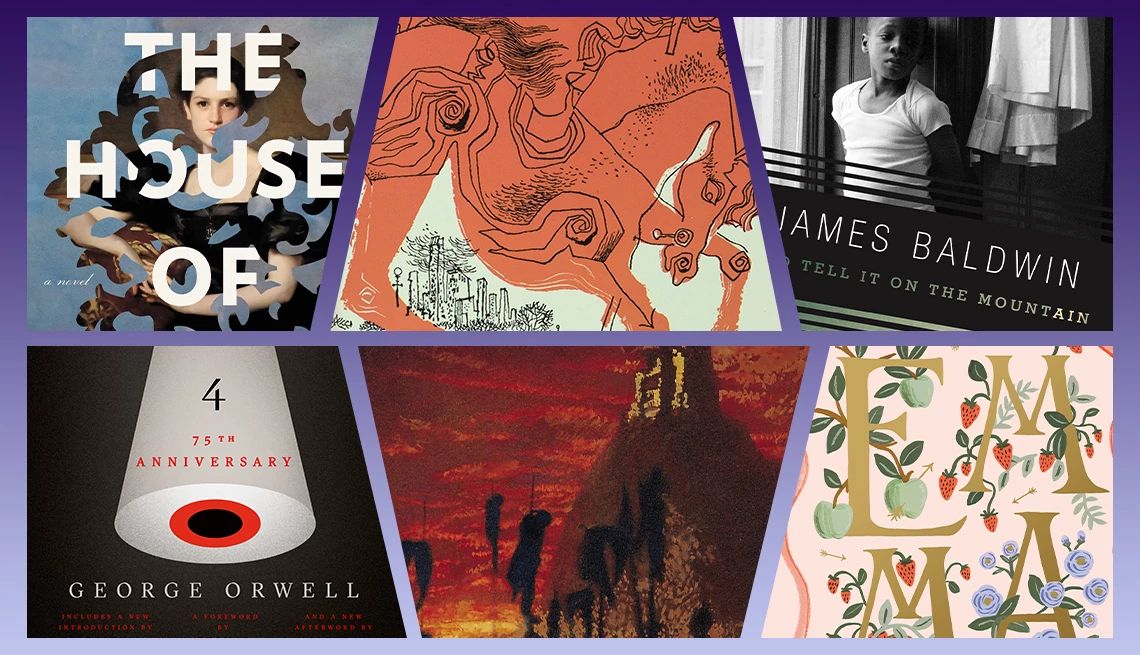Go Tell It on the Mountain by James Baldwin (1953)

Baldwin had so many identities — essayist (Notes of a Native Son, 1955), civil rights activist, famous American expat in France, gay icon (see his novel Giovanni’s Room, 1956) — that it can be easy to forget this brilliant work of fiction. His first and most autobiographical published book, Go Tell It on the Mountain focuses on a day in the life of John Grimes, a 14-year-old boy in 1935 Harlem, and uses flashbacks to fill in his family’s Great Migration backstory. Baldwin explores John’s sexuality, his place in the Pentecostal church, his reality as a Black teen marginalized by his poverty and race, and his domination by a cruel preacher father. Time listed it among the 100 best novels of all time, noting that the stories of John and his family members “run dark and deep, while the fierce music of Baldwin’s voice courses through those stories and lends them majesty.”
To the Lighthouse by Virginia Woolf (1927)

Mrs. Dalloway, Woolf’s modernist breakthrough, has rightly drawn attention this year for turning 100, but don’t overlook her later novel, To the Lighthouse, a moving meditation on time, love and connection. Divided into three parts, it’s centered around a wealthy family’s summer retreats to the Isle of Skye in Scotland in 1910 and 1920. Circumstances change for Mr. and Mrs. Ramsay, their eight children, and a handful of friends and acquaintances in the ten-year span between visits — a span that includes the First World War and its aftermath. The stream-of-consciousness, omniscient point of view jumps from the empath Mrs. Ramsay to her children, her husband, their guests and a housekeeper. In the introduction to a 1981 printing, the Pulitzer Prize-winning writer Eudora Welty wrote that Woolf “has shown us the shape of the human spirit.”
1984 by George Orwell (1949)

This dystopian story set in an authoritarian state that evokes the Stalin-era Soviet Union helped Orwell join a small club of authors like Dickens and Kafka whose names have been adjectivized. The book’s everyman protagonist is Winston Smith, an employee at the Ministry of Truth, where his job is to rewrite history to match the state’s version. Orwell’s vision of an all-seeing Big Brother, a Thought Police fighting independent thinkers, and the manipulation of language to render it virtually meaningless — “War is peace. Freedom is slavery. Ignorance is strength” — is chilling. Because these elements mirror the real-world tactics of totalitarian regimes (Orwell was inspired by, among other things, the rise of Nazi Germany), some readers view 1984 as a cautionary tale.
Emma by Jane Austen (1815)

Rich, beautiful, entitled, 20-year-old Emma Woodhouse — one of Austen’s most endearing, if frustratingly unself-aware, heroines — decides to play matchmaker for her less-affluent protégé, Harriet. Emma’s decidedly unhelpful efforts unleash a comedy of misdirected feelings, as she scuttles Harriet’s romance with the lovely farmer Robert Martin and encourages her relationship with the snobby clergyman Mr. Elton. Alas, Emma’s altruism stalls when Harriet develops feelings for the kind, aristocratic George Knightley, the brother of Emma’s brother-in-law, alerting Emma to his attractiveness, as well. For all her comic shortcomings, Emma remains eternally relatable — because truly, who among us is not an expert at fixing our supposed inferiors’ faults while remaining oblivious to our own? This classic novel inspired (among other shows, films and books) the 1995 teen comedy Clueless.

